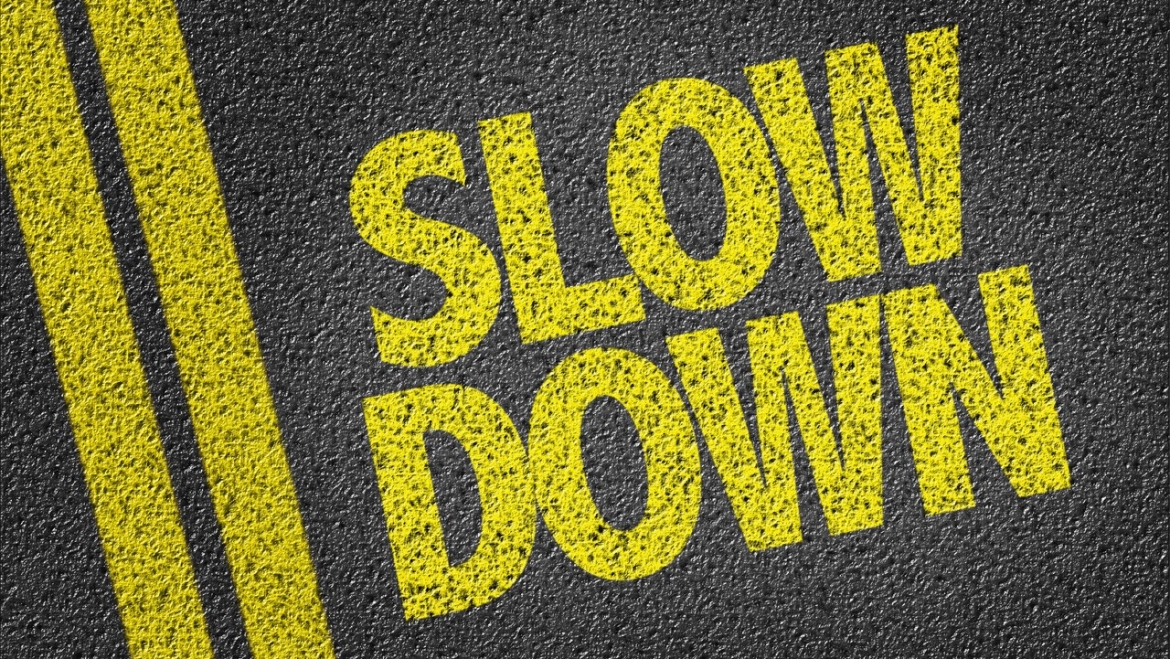We have heard it before. We should slow down, be careful, be safe. But slowing down is uncomfortable. Our personalities are generally wired more towards action. Slowing down feels unproductive and may create anxiety because we have so little time and so much to do. And if I slow down by some definition, what am I to do as a result?
Let’s define what slowing down actually means. In the language of both Visual Literacy and Human Performance, slowing down represents moving from our fast brain to our slow brain. This improves our ability to draw meaning and a better interpretation of what we are seeing. So much of our work as safety professionals rely on our ability to see the environment around us and how work tasks are executed. We know that without improving our capability to see the world around us, our experiences, expectations and biases heavily influence how our brain processes the visual stimuli that we receive. This can result in failure to see things like hazardous conditions that simply fall into the background and we no longer see them. No longer see them until an incident reveals they are there.
The good news is we can see more of the environment around us and draw more accurate interpretations as a result, but we must slow down just a bit to engage our slow brain to apply the tools and techniques associated with Visual Literacy. It is the application of these tools and techniques that gives us purpose in slowing down and making it less uncomfortable to do so. We remain productive while we look closer at a work environment, a production line or even a piece of equipment. We move from just looking at something with perhaps a passing glance to really observing what is going on and seeing the details in a much clearer way. We avoid the risk that a quick glance and rapid interpretation may create.
Many safety professionals struggle with promoting the necessity to slow down. We can always opine in hindsight how an individual who was involved in an incident should have taken more time, been more careful, slowed down in doing the task, etc. Wouldn’t it be more effective to encourage this same thinking in advance of an incident? To do so, however, requires that we go beyond the encouragement to slow down and actually provide tools and techniques that also improve the outcome.
Our critical safety processes are enhanced by slowing down and applying tools to improve our seeing and interpretation of what we are looking at. Risk assessment depends heavily on developing a hazard inventory so that we can evaluate the potential impact that existing hazards represent. What if we don’t see the hazards? What if we are moving so quickly to complete the work in order to be “productive” we miss hazards lurking in the background? Our risk assessment will be incomplete and future incidents will be the only mechanisms to fill in the blanks.
Slowing down knowing what to do benefits you, your peers and your organization. Knowing what to do when we slow down eases the anxiety that slowing down may bring. Triggering a shift from our fast brain to our slow brain by using tools and techniques associated with Visual Literacy can be the answer to seeing the world around us more clearly.

Doug Pontsler is the Chairman and Managing Director of COVE: Center of Visual Expertise at the Toledo Museum of Art. Doug is a previous board member of the National Safety Council, prior Chairman of the Campbell Institute, and a recipient of the Distinguished Service to Safety Award in 2019.
The views expressed in this blog post are that of the author and do not necessarily represent the opinions of the Campbell Institute nor the National Safety Council.


Add Comment